Throughout history, animals have been essential partners in medical discovery. From the earliest days of scientific exploration to present-day breakthroughs, their unique biology has provided invaluable insights into human health. These contributions have led to life-saving therapies, vaccines, and surgical techniques that impact millions of people around the globe. As we explore these fifteen remarkable moments, it’s clear that collaboration with the animal kingdom has been pivotal for advancing modern medicine and improving lives everywhere.
1. Mice and the Discovery of Insulin
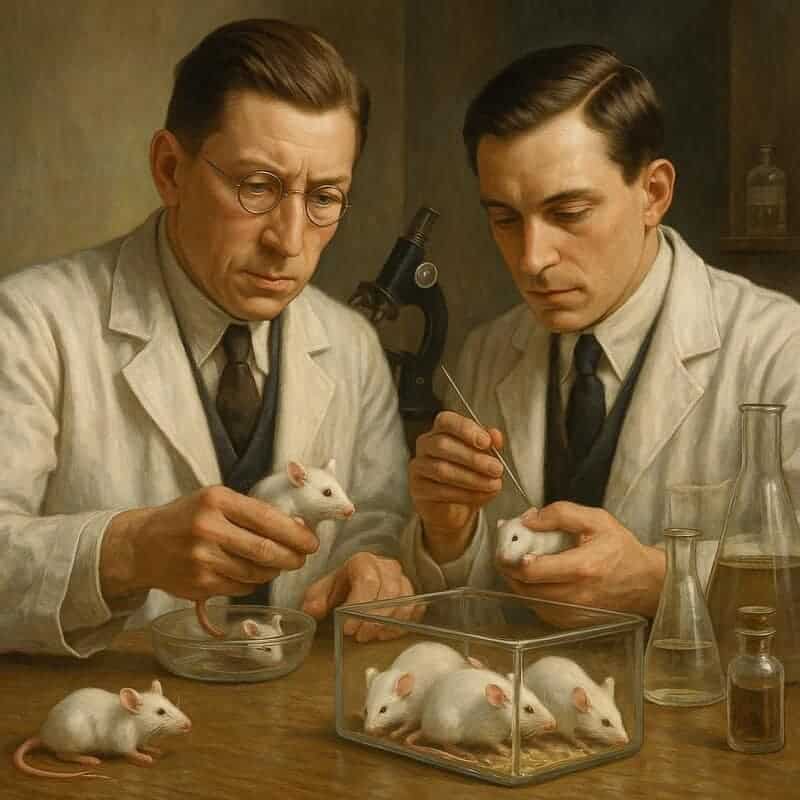
In the early 1920s, mice played a vital role as Frederick Banting and Charles Best searched for a treatment for diabetes. By studying these animals, the scientists uncovered how the pancreas produced insulin and how it could regulate blood sugar. Their pioneering work with mice directly led to the development of insulin therapy, transforming diabetes from a fatal diagnosis to a manageable condition for millions worldwide. Learn more
2. Horses and the First Diphtheria Antitoxin
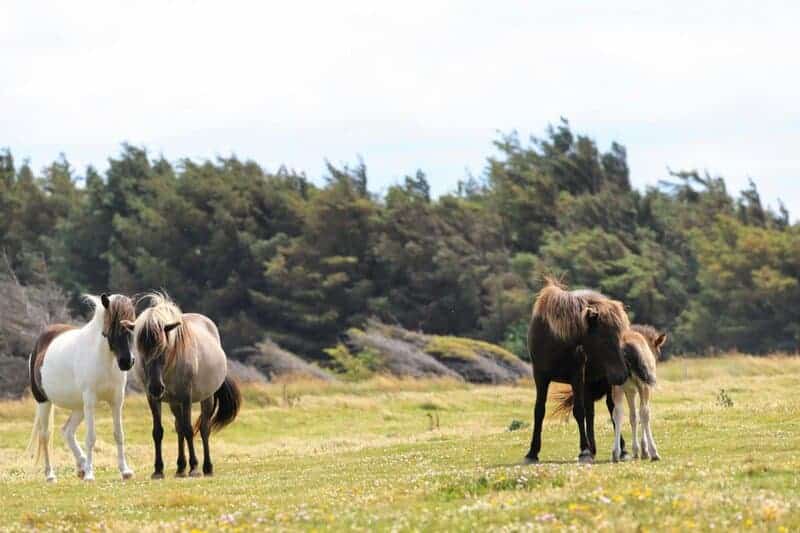
In the late 1800s, horses became medical heroes when scientists discovered that their blood could be used to produce the first diphtheria antitoxin. This groundbreaking serum, created by injecting horses with small amounts of diphtheria toxin, was used to successfully treat infected children and dramatically reduced mortality rates. The success of this approach paved the way for modern serum therapy in combating infectious diseases. Read the CDC history
3. Dogs and the Cardiac Pacemaker
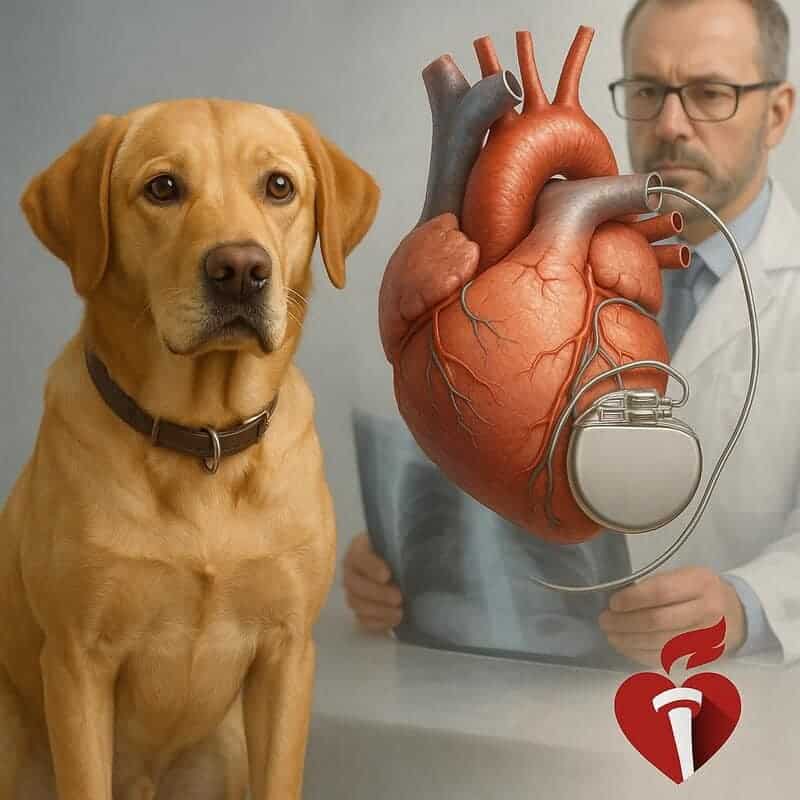
Dogs played a pivotal role in the invention of the cardiac pacemaker. Early researchers experimented with electrically stimulating canine hearts to understand how to control abnormal rhythms. Their discoveries led to the first implantable pacemakers, devices that could reliably regulate heartbeats in humans suffering from arrhythmias. Today, millions depend on this technology for a normal, healthy life—a direct legacy of those initial studies in dogs. More from the American Heart Association
4. Guinea Pigs and Tuberculosis Testing
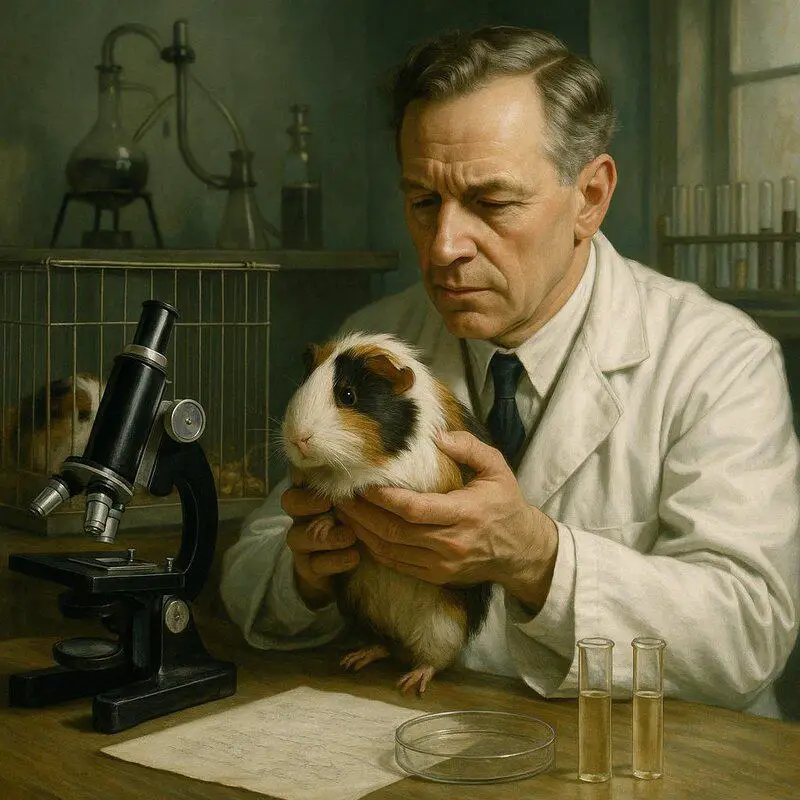
Guinea pigs became indispensable in the fight against tuberculosis thanks to their natural vulnerability to the disease. Scientists used them to model TB infection, which led to critical advancements in developing reliable TB tests and discovering effective treatments. Their role in this research helped save countless lives, especially before antibiotics were widely available. Read more from Nature
5. Monkeys and the Polio Vaccine
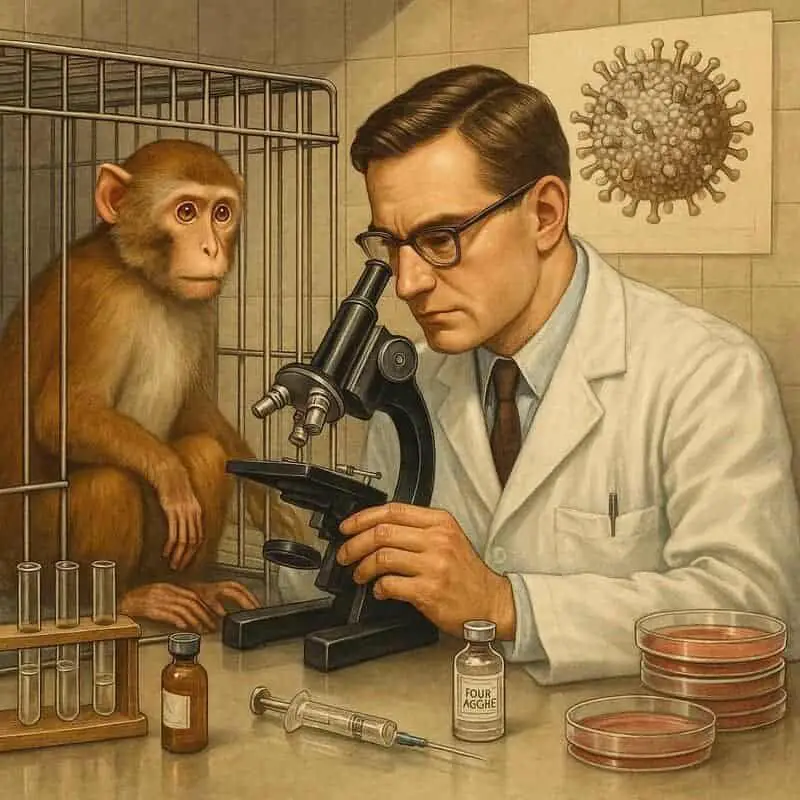
Monkeys were vital to the battle against polio. Their similar immune systems allowed researchers to observe how the polio virus attacked the body and to test early vaccine candidates for safety and effectiveness. These crucial studies led to the development of the first successful polio vaccines, which have since helped eliminate the disease from most parts of the world. The global decline of polio stands as a testament to the pivotal role monkeys played in transforming public health. Learn more from Smithsonian Magazine
6. Mice and Cancer Research
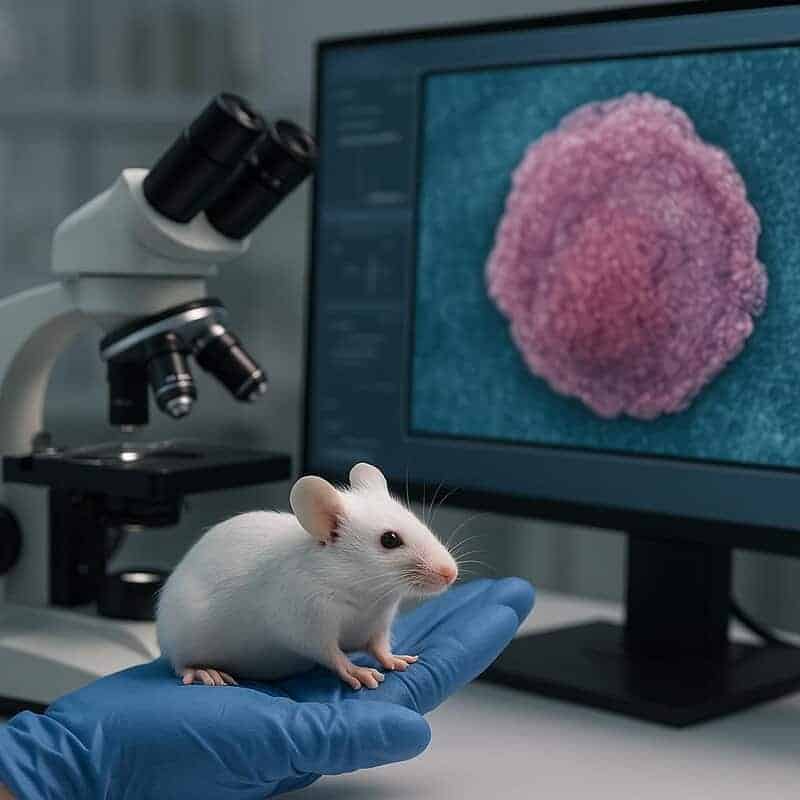
Lab mice have become the backbone of modern cancer research. Their carefully controlled genetics allow scientists to mimic human cancers and observe tumor development in real time. These models are essential for testing experimental drugs and creating targeted therapies that have changed the landscape of cancer treatment. Thanks to mice, researchers have moved closer to personalized medicine and more effective cancer care. Learn more from Cancer Research UK
7. Cats and Neurological Disorders
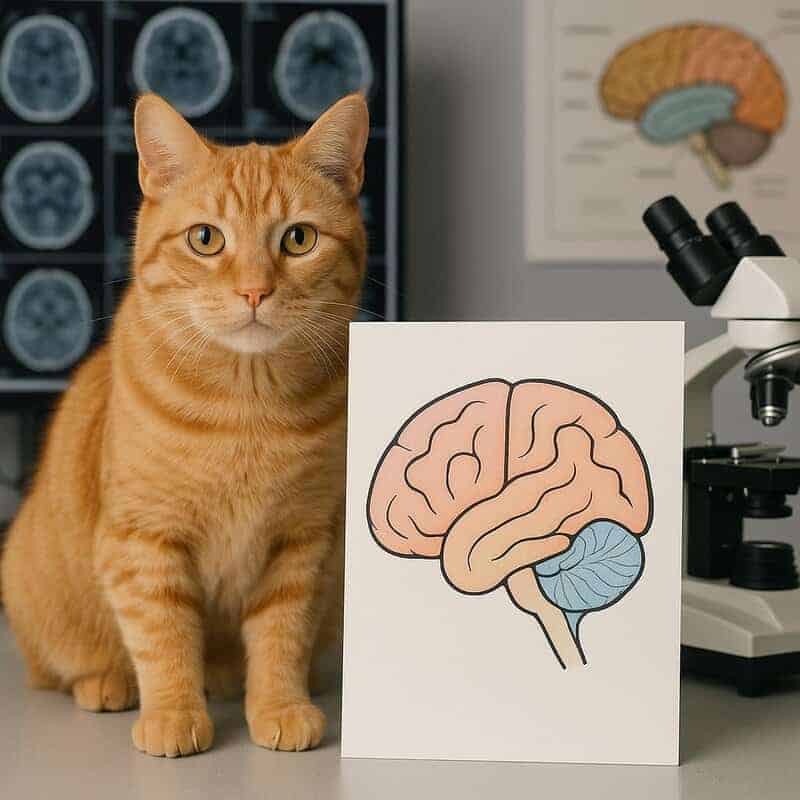
Cats have contributed significantly to our understanding of the brain, especially in the study of neurological disorders like epilepsy. Their distinctive brain structures enabled early scientists to conduct brain mapping experiments that revealed how different brain regions control movement and sensation. These discoveries have shaped treatments for seizures and continue to influence how researchers approach a variety of neurological conditions. Read more from NIH
8. Pigs and Organ Transplants

Pigs have played a groundbreaking role in the field of organ transplantation research. Their organs closely resemble those of humans in size and function, making them ideal models for perfecting transplant techniques. Research with pigs has not only refined surgical procedures but has also paved the way for xenotransplantation, where genetically modified pig organs are being adapted for potential human use. These advances bring hope to patients awaiting lifesaving transplants and represent a major leap in medical science. Explore more from Johns Hopkins Medicine
9. Sheep and Lung Surfactant Therapy

Sheep research changed the outlook for premature infants with underdeveloped lungs. Scientists discovered that sheep, with their similar lung physiology, were ideal for studying respiratory distress in newborns. This work led to the development of surfactant therapy, a treatment that helps premature babies breathe and survive outside the womb. Thanks to sheep, surfactant therapy is now a standard, lifesaving intervention in neonatal care. Learn more from March of Dimes
10. Fruit Flies and Genetics
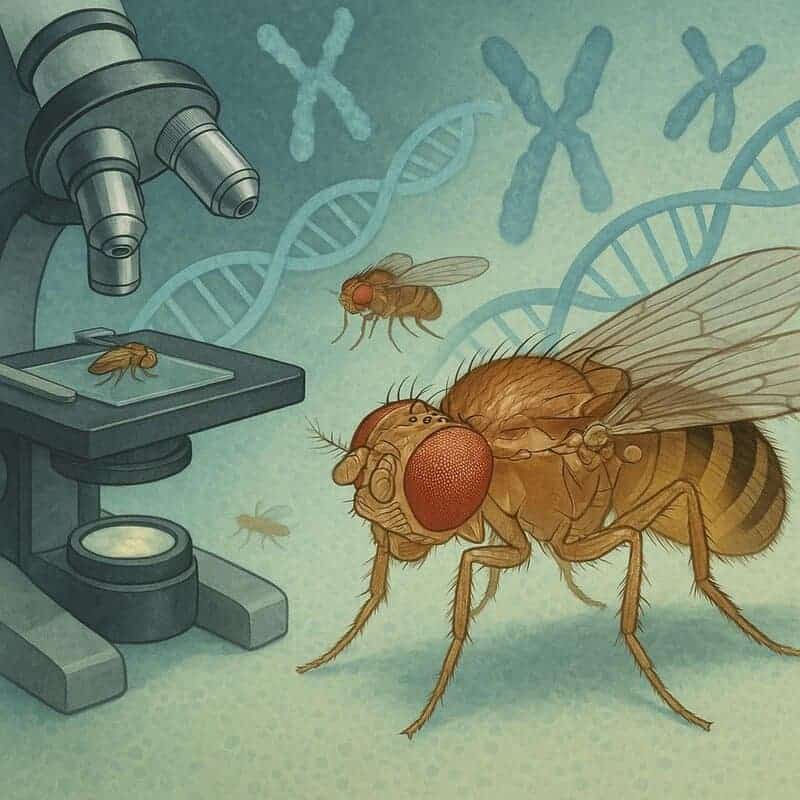
Fruit flies (Drosophila) have been at the heart of groundbreaking genetic research for over a century. Their rapid reproduction and simple genetic makeup allowed scientists to uncover the rules of inheritance and gene function. These tiny insects helped reveal how traits are passed down and paved the way for modern genetics, including our understanding of mutations and DNA. Fruit flies remain a cornerstone of research, continuing to shed light on the genetic mysteries of life. Learn more from the Genetics Society of America
11. Zebrafish and Regenerative Medicine
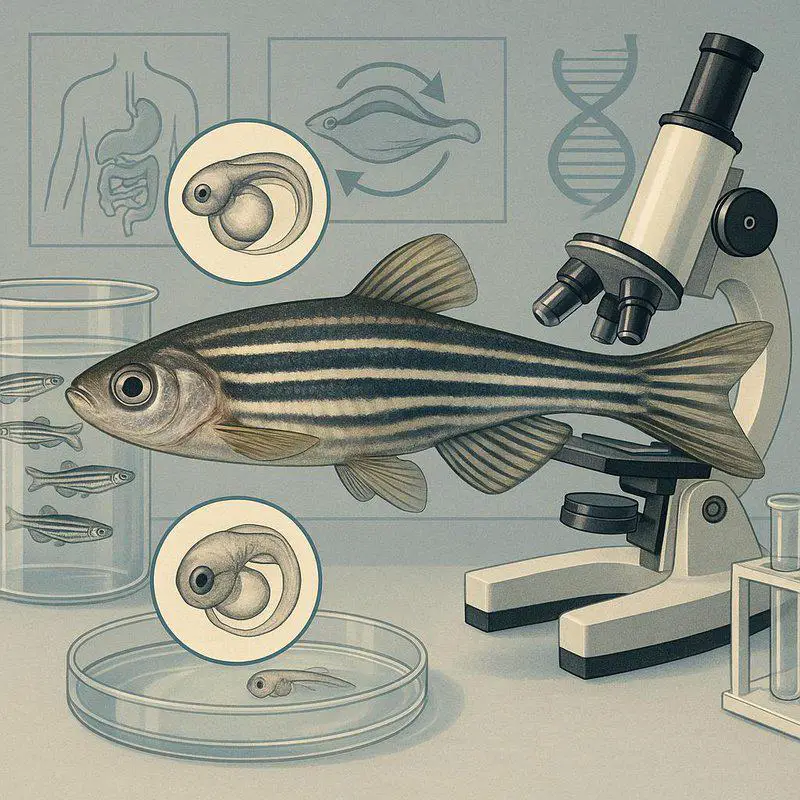
Zebrafish have amazed researchers with their remarkable ability to regenerate organs and tissues—something humans can only dream of. Their transparent embryos allow scientists to observe development in real time, making zebrafish a unique model for studying regeneration, healing, and even genetic diseases. This tiny fish is now a major player in developmental biology and drug discovery, offering new hope for regenerative medicine. Read more from NIH
12. Chimpanzees and Hepatitis Research
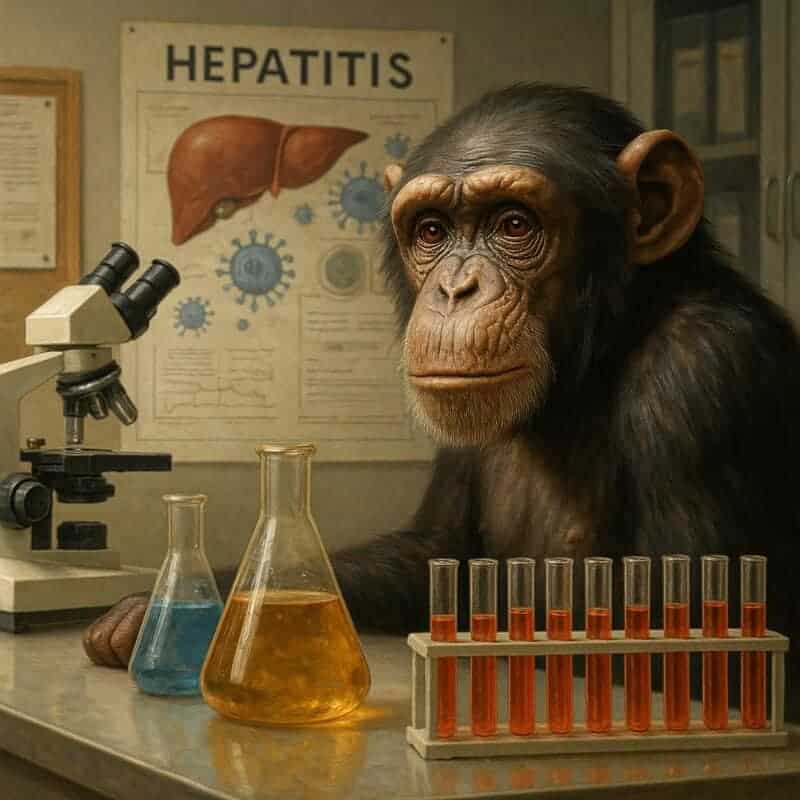
Chimpanzees have played a critical role in hepatitis research due to their genetic similarities to humans. Before stricter ethical guidelines limited their use, these primates were invaluable in understanding hepatitis B and C infections. Research with chimpanzees led to the development of effective vaccines and antiviral treatments, drastically reducing the global burden of hepatitis-related liver disease. Their unique contributions have left a lasting legacy in infectious disease medicine. Read more from Nature
13. Rabbits and the Development of the Rabies Vaccine
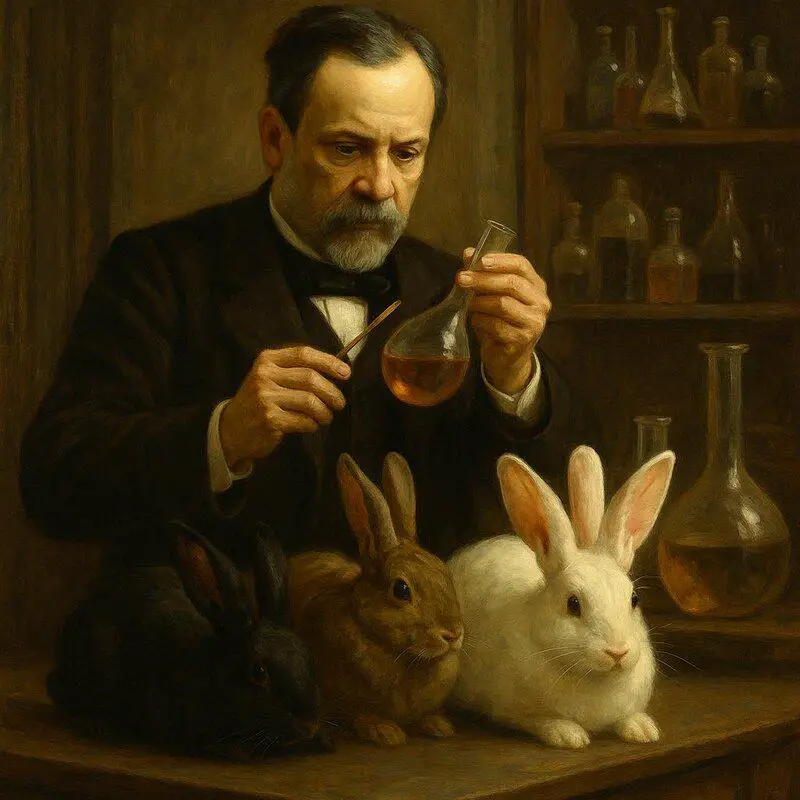
Rabbits played a starring role in one of the earliest triumphs of modern medicine. In the late 19th century, Louis Pasteur used rabbits to develop the first effective rabies vaccine. His experiments proved that post-exposure vaccination could prevent rabies—a revolutionary breakthrough that saved countless lives and shaped the future of infectious disease treatment. Discover more from the Pasteur Institute
14. Armadillos and Leprosy Research
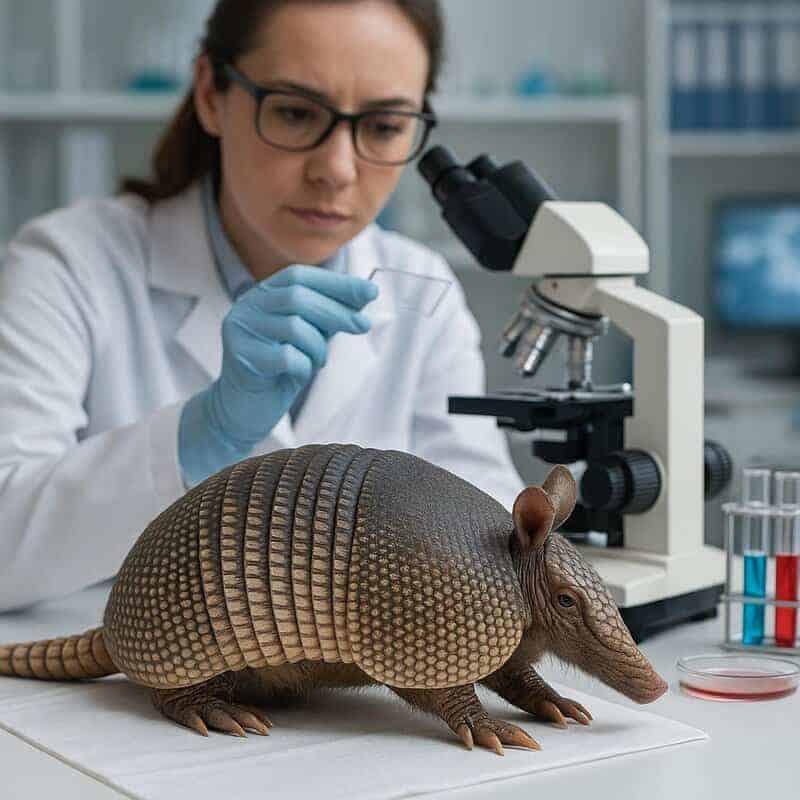
Armadillos have proven uniquely valuable in the study of leprosy due to their natural susceptibility to the disease. Scientists have used armadillos to better understand how leprosy is transmitted and to develop and test new treatments. This research has significantly improved outcomes for patients around the world, particularly in regions where leprosy remains a public health concern. More from the CDC
15. Ferrets and Influenza Studies
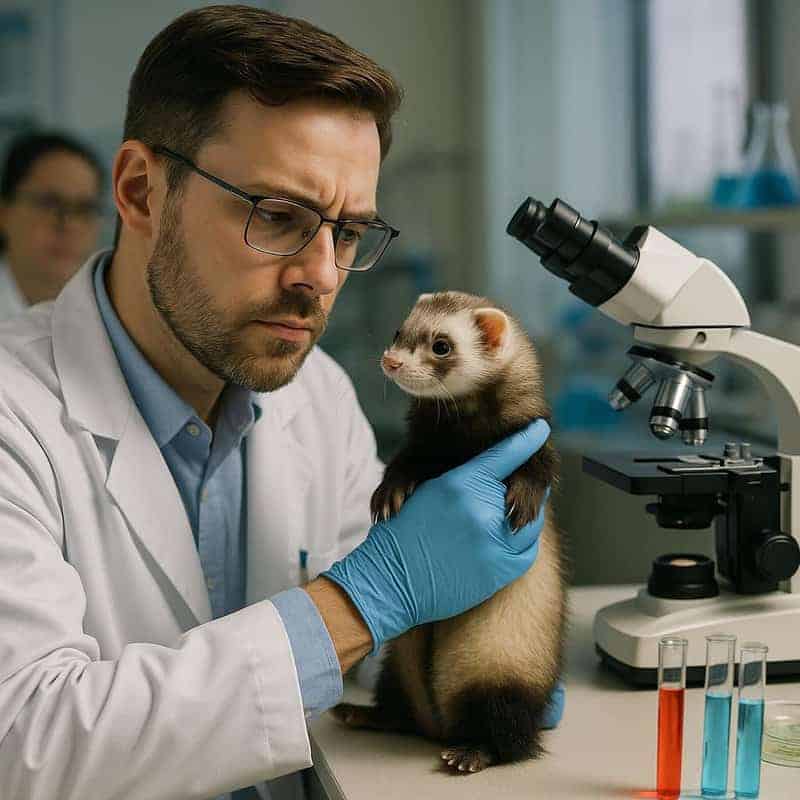
Ferrets have become indispensable in influenza research because their respiratory systems are strikingly similar to those of humans. Scientists have relied on ferrets to understand how flu viruses infect, mutate, and spread—critical knowledge for pandemic preparedness. Their contribution has been key to developing effective flu vaccines and treatments, helping to protect global populations from seasonal and emerging influenza threats. Read more from Science
Standard Medical Disclaimer

Please note: This article is for informational purposes only and is not a substitute for professional medical advice. Always consult a qualified healthcare provider with any questions or concerns about your health.
.article-content-img img { width: 100% }



Vielleicht interessiert es Sie:
Wussten Sie! Minensuchratten auf dem Schlachtfeld und sie sind super effektiv!
Wie viele Giraffenarten gibt es? Leben sie alle in Afrika?
Der Vogel ist das Weibchen der Vögel: wahr oder falsch?
Warum bauen Biber Dämme? Welchen Nutzen?
Warum leben manche Tiere nachtaktiv? Welche Vorteile?
Küssen Tiere? Ist das die gleiche Bedeutung wie Menschen?
200+ Hilarious Seahorse Jokes That Will Make You Smile and Giggle
200+ Funny Investment Jokes to Boost Your Financial Humor Game